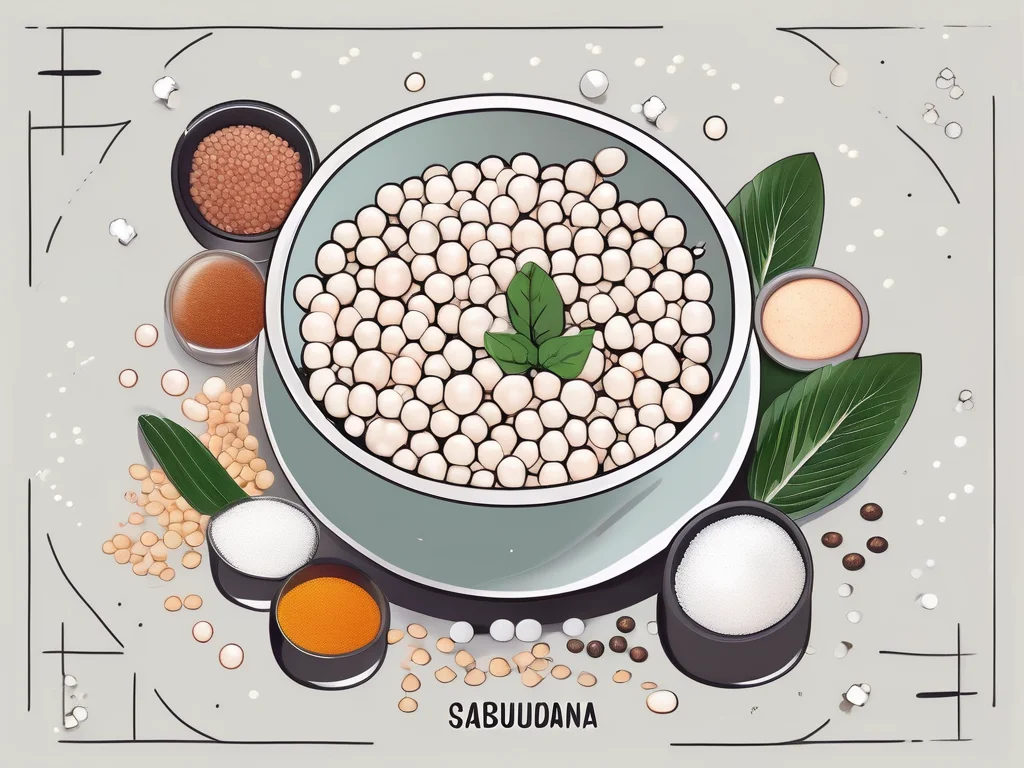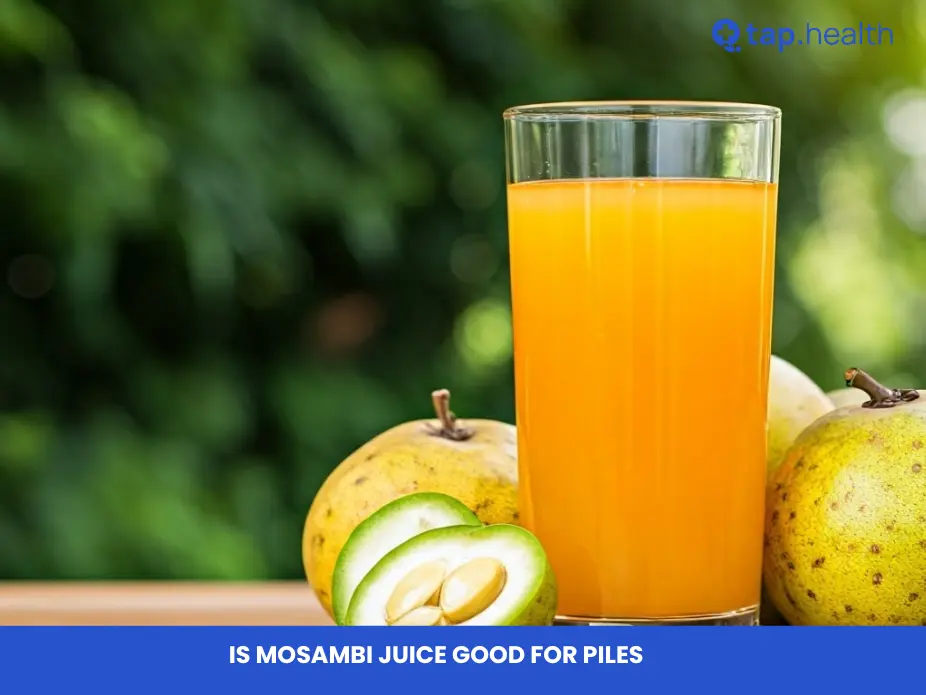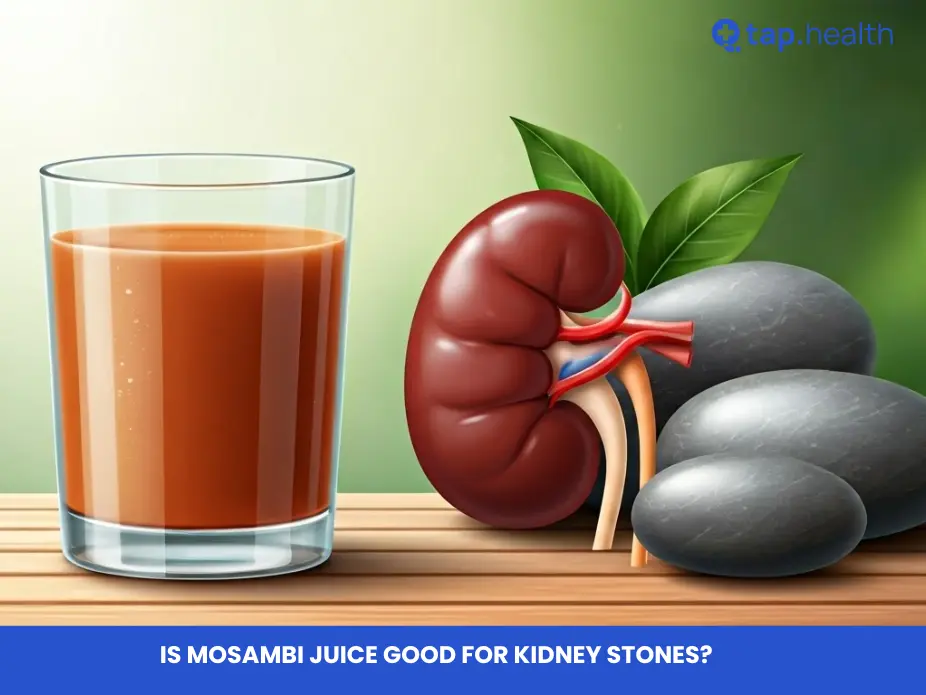Sabudana, also known as tapioca pearls or sago, is a versatile and beloved ingredient in many cuisines, especially in India. Derived from the starch of the sago palm or cassava root, these small, translucent pearls are celebrated for their unique texture and ability to absorb flavors. This guide explores sabudana’s origins, nutritional profile, health benefits, uses for skin and hair, delicious recipes, and potential side effects. Whether you’re new to sabudana or a seasoned enthusiast, this comprehensive overview will deepen your appreciation for this starchy delight.
What is Sabudana? Understanding Tapioca Pearls
Q: What is sabudana made of?
Sabudana is a starchy product extracted from the pith of the sago palm tree or cassava root. The starch is processed into small, translucent pearls, known for their chewy texture and ability to thicken dishes.
Q: How is sabudana used in cooking?
In Indian cuisine, sabudana is a staple during fasting periods, used in dishes like sabudana khichdi and kheer. Its versatility makes it ideal for both savory and sweet recipes, absorbing spices and flavors effectively.
Sabudana’s unique texture, ranging from soft and sticky to firm and chewy, makes it a favorite in various culinary traditions. It’s gluten-free, making it suitable for those with dietary restrictions, and its neutral flavor allows it to adapt to diverse recipes.
Origins and Production of Sabudana
Q: Where does sabudana come from?
Sabudana originates from tropical regions of South America and Asia, where the sago palm tree or cassava plant is cultivated. It has been a dietary staple for centuries and is now widely grown in places like India, particularly in Kerala and Tamil Nadu.
Q: How is sabudana produced?
The production process involves harvesting the stems of the sago palm or cassava root, extracting the starch, and forming it into pearls through washing, soaking, and drying. The result is uniform pearls of varying sizes, suitable for different dishes.
This meticulous process ensures sabudana’s consistent texture and quality, making it a reliable ingredient for traditional and modern recipes.
Types of Sabudana: Sizes and Varieties
Q: What are the different types of sabudana?
Sabudana comes in small, medium, and large pearls. Small pearls cook quickly and are ideal for light dishes, while medium and large pearls are better for desserts or puddings requiring longer cooking times.
Q: How do sabudana varieties differ?
The texture and color of sabudana vary based on processing methods. Some pearls may have a yellowish hue due to added turmeric or different processing techniques, offering options from soft and sticky to firm and chewy.
These variations allow chefs to choose the right type of sabudana for specific recipes, enhancing both texture and presentation.
Nutritional Profile of Sabudana
Q: What is the nutritional value of sabudana?
A 100-gram serving of sabudana provides approximately 355 calories, primarily from carbohydrates (88 grams). It contains negligible fat and protein, making it a high-energy, gluten-free food.
Q: What vitamins and minerals are in sabudana?
Sabudana offers small amounts of calcium, iron, potassium, and magnesium. These nutrients support bone health, muscle function, oxygen transport, and enzymatic reactions in the body.
The high carbohydrate content makes sabudana an excellent energy source, particularly for fasting or physically demanding activities.
Health Benefits of Sabudana
Q: What are the health benefits of eating sabudana?
Sabudana offers multiple health benefits, including improved digestion and sustained energy release. Its gluten-free nature makes it suitable for those with celiac disease or gluten sensitivities.
Q: How does sabudana support digestive health?
The high carbohydrate content in sabudana promotes regular bowel movements and aids digestion, providing relief from constipation or indigestion.
Q: Why is sabudana good for energy?
As a complex carbohydrate, sabudana provides a steady release of energy, making it ideal for athletes or anyone needing a quick energy boost during fasting or intense activities.
The presence of minerals like calcium, iron, and magnesium further enhances its benefits, supporting overall health and vitality.
Sabudana for Skin and Hair Care
Q: Can sabudana benefit skin health?
Yes, sabudana’s starch content forms a protective barrier when applied topically, keeping skin hydrated. Sabudana-based face masks or scrubs nourish the skin, promote elasticity, and enhance a natural glow.
Q: How does sabudana improve hair health?
Sabudana’s moisture-retaining properties combat scalp dryness, while its vitamins, like folate and B vitamins, strengthen hair follicles, reduce dandruff, and promote thicker, healthier hair.
Using sabudana in DIY skincare or haircare treatments can be a natural way to enhance beauty and maintain healthy skin and hair.
Delicious Sabudana Recipes to Try
Q: What are some popular sabudana recipes?
Sabudana is featured in traditional Indian dishes like sabudana khichdi, vada, and kheer, as well as modern creations like sabudana biryani and popsicles.
Q: How do you make sabudana khichdi?
Soak sabudana for 4-6 hours, then cook with peanuts, potatoes, and spices like cumin and green chilies. This savory dish is a popular breakfast or fasting meal.
Q: What is sabudana vada?
Sabudana vada is a deep-fried snack made from soaked sabudana, mashed potatoes, spices, and herbs. It’s crispy outside and soft inside, perfect with tea.
Q: Can sabudana be used in modern recipes?
Yes, try sabudana biryani for a flavorful fusion dish or sabudana popsicles made with coconut milk and fruit for a refreshing summer treat.
These recipes highlight sabudana’s versatility, making it a favorite for both traditional and innovative culinary creations.
Potential Side Effects of Sabudana
Q: Are there any side effects of eating sabudana?
Sabudana’s high carbohydrate content may not suit low-carb diets or individuals with diabetes, as it can spike blood sugar levels if consumed excessively.
Q: Can sabudana cause digestive issues?
If not soaked or cooked properly, sabudana may cause digestive discomfort. Some individuals may also experience allergic reactions, such as itching or swelling.
Moderation and proper preparation are key to enjoying sabudana without adverse effects. Always consult a healthcare professional if you have dietary concerns.
Why Sabudana is a Versatile Ingredient
Q: Why is sabudana so popular in Indian cuisine?
Sabudana’s neutral flavor, gluten-free nature, and ability to absorb spices make it a go-to ingredient for fasting dishes and everyday meals in India.
Q: How can sabudana be incorporated into a diet?
From savory khichdi to sweet kheer, sabudana’s adaptability allows it to fit into various recipes, offering both nutrition and flavor.
Sabudana’s unique qualities make it a valuable addition to any kitchen, whether for cultural, dietary, or culinary purposes.
Conclusion
Sabudana, or tapioca pearls, is more than just a starchy ingredient—it’s a versatile, gluten-free food with a rich history and numerous benefits. From providing sustained energy and aiding digestion to enhancing skin and hair health, sabudana offers something for everyone. Its culinary flexibility shines in both traditional dishes like sabudana khichdi and modern creations like popsicles. However, moderation is key due to its high carbohydrate content and potential side effects. By understanding its origins, nutrition, and uses, you can make sabudana a delightful and beneficial part of your diet and lifestyle.



